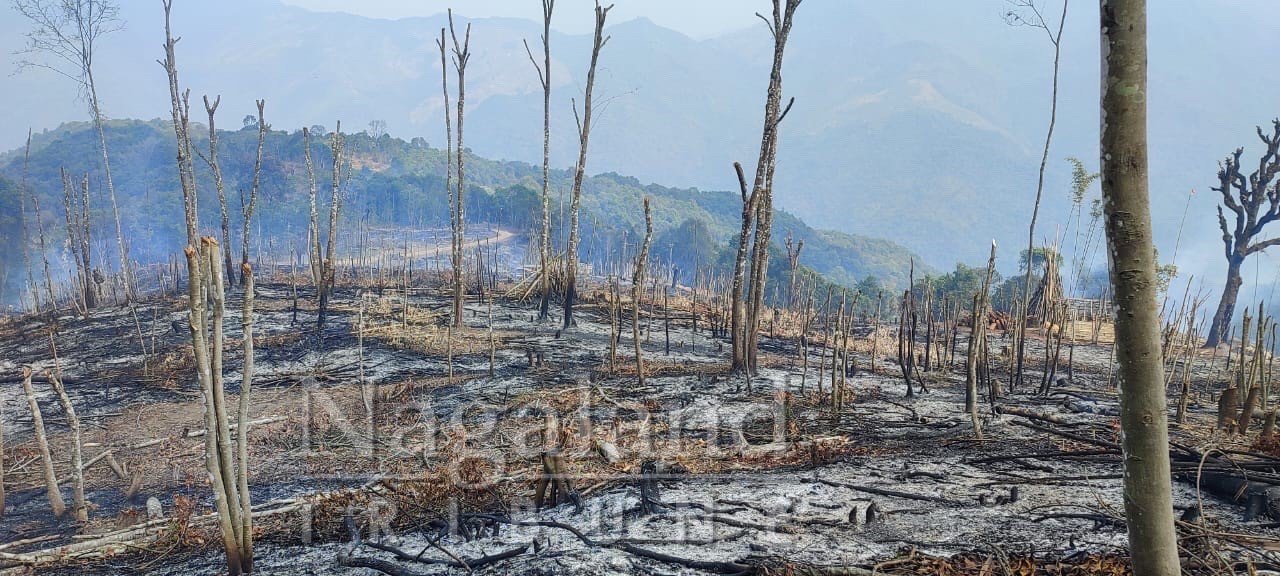The National Green Tribunal (NGT) has directed the Survey of India to submit a report “showing the position of forest cover in India with specific reference to northeast from the year 2000 onwards with each five year interval covering the period upto March, 2024.”
The Tribunal was taking suo-moto cognizance of a news article published by The Indian Express dated 13th April 2024 titled “India lost 2.33 million hectares of tree cover since 2000 Global Forest Watch”.
The NGT bench comprising of Justice Prakash Shrivastava, Justice Arun Kumar Tyagi and Dr A Senthil Vel noted that the news item “raises substantial issue relating to compliance of the environmental norms and implementation of the provisions of scheduled enactment.”
The matter relates to the loss of 2.33 million hectares of tree cover since 2000 in India, equivalent to a six per cent decrease in tree cover during this period, NGT stated. The article cites that according to the Global Forest Watch, which tracks forest changes in near real-time using satellite data and other sources, India has lost 4,14,000 hectares of humid primary forest (4.1 per cent) from 2002 to 2023, making up 18 per cent of its total tree cover loss in the same period.
The article further alleges that between 2001 and 2022, forests in India emitted 51 million tons of carbon dioxide equivalent a year and removed 141 million tons of carbon dioxide equivalent a year that represents a net carbon sink of 89.9 million tons of carbon dioxide equivalent a year. It states that an average of 51.0 million tons of carbon dioxide equivalent per year was released into the atmosphere as a result of tree cover loss in India. In total, 1.12 gigatons of carbon dioxide equivalent was emitted during this period.
The NGT bench stated that the news article further elaborates that “Loss of forests, thus, accelerates climate change. Tree cover loss is not always deforestation, which typically refers to human-caused, permanent removal of natural forest cover. It includes both human-caused loss and natural disturbances. Examples of tree cover loss that may not meet the definition of deforestation include loss from logging, fire, disease or storm damage. The data showed that 95 per cent of the tree cover loss in India from 2013 to 2023 occurred within natural forests.”
The bench noted that as per The GFW data, five states accounted for 60 per cent of all tree cover loss between 2001 and 2023 – Assam on top with tree cover loss at 324,000 hectares compared to an average of 66,600 hectares, followed by Mizoram at 312,000 hectares of tree cover, Arunachal Pradesh 262,000 hectares, Nagaland 259,000 hectares, and Manipur 240,000 hectares.
Further, the NGT stated that the article quotes data from the Food and Agriculture Organization, which states that the rate of deforestation in India was 668,000 hectares per year between 2015 and 2020, the second highest worldwide. The above matter indicates violation of the provisions of Forest Conservation Act, 1980, Air (Prevention and Control of Pollution) Act, 1981 and the Environment Protection Act, 1986.
The Tribunal has sought response from the Central Pollution Control Board, Ministry of Environment, Forest and Climate Change and the Survey of India.


